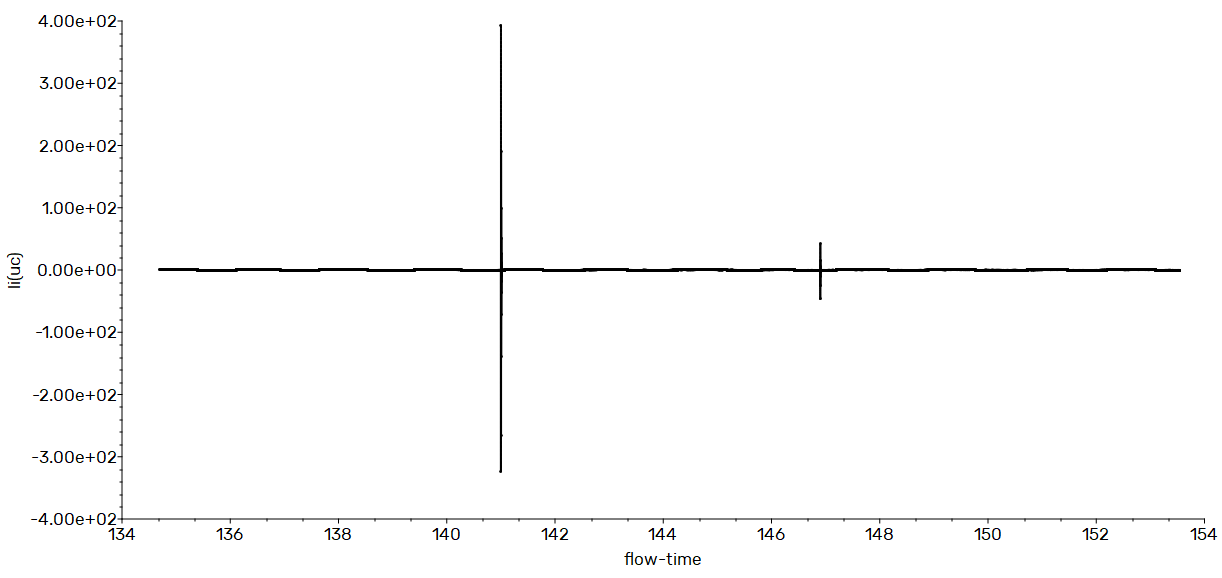TAGGED: -Force-calculation, vibration
-
-
March 18, 2024 at 9:02 pm
100062564
SubscriberI am running a 3D simulation of cross-flow over an elastically mounted circular cylinder utilizing DDES at subcritical Reynolds, applying Dynamic mesh by compiling a UDF file to move the cylinder accordingly.
The case is to be run on HPC with a maximum available wall time of 3 days, so I take the last data file and continue the simulation again from what I had stopped before, but the problem with that is at the very first time steps, the lift coefficient has a really huge values, before it smoothes out again to the values that it had before at the old data file. The problem with this that those large values most probably affect the movement of the cylinder and make it displaced way more than it should, ending up with discontinuities in the amplitude history.
Any solutions to wipe out these first very high values of lift? and why this happens? given that at those early time steps, the flow is totally converged.
-
March 20, 2024 at 1:15 pm
Federico
Ansys EmployeeAre you writing/reading both case and data files each time? Since you are using Dynamic Mesh, your mesh will change over the course of the simulation. Mesh information and position is saved with the .cas file, so if you only load the .dat file onto a case that does not correspond to it, your solution and mesh position might not match exactly at the first few time steps.
-
March 20, 2024 at 1:19 pm
100062564
SubscriberYes, I save cas and dat files every 100 time steps, and when I am resuming the simulation, I use the last corresponding cas and data files for sure.
-
March 20, 2024 at 1:30 pm
-
- The topic ‘Peaks of lift coefficient’ is closed to new replies.



-
4633
-
1535
-
1386
-
1225
-
1021

© 2025 Copyright ANSYS, Inc. All rights reserved.








